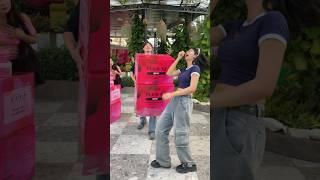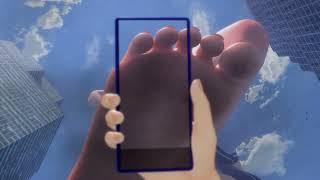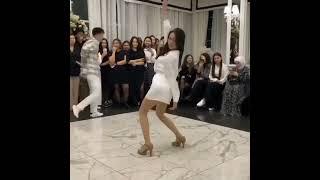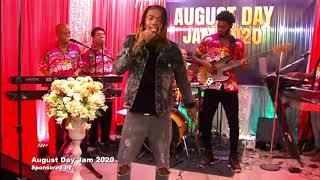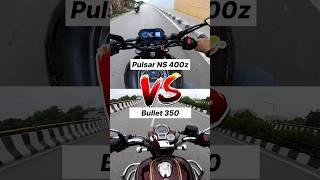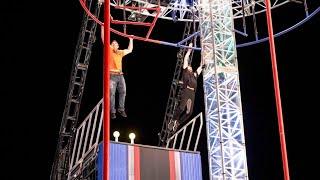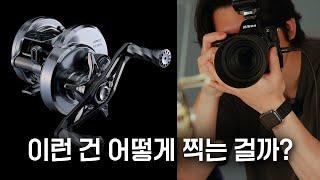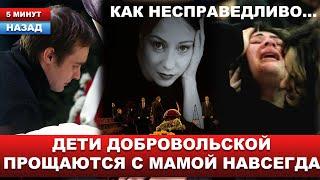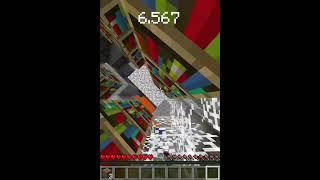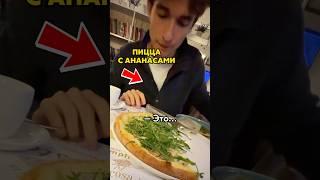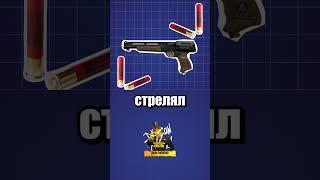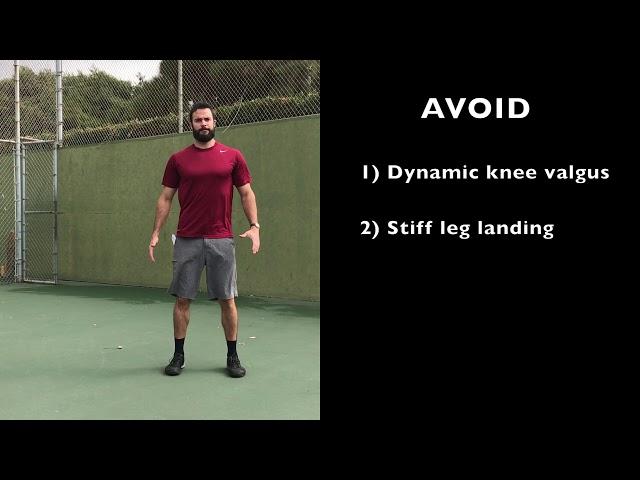
Plyometric Exercise for the Tennis Player: Improve Lower Extremity Power
Maximizing lower extremity power is a critical component for tennis players. Much research has demonstrated a strong/powerful & optimally functioning kinetic chain (starting from legs and torso) will increase service & ground stroke velocity & prevent upper extremity injury. Furthermore, lower extremity power will improve reaction time, first-step quickness, laterality (sideways), & forward speed over short distances on the court. In fact, tennis players spend 48% of the time moving sideways thus, an important attribute of an effective tennis player 1.
In an efficiently functioning kinetic chain, the legs & trunk segments are the engine for the development of force and the stable proximal base for distal mobility 2,3. This link develops 51% to 55% of the kinetic energy & force delivered to the hand 3.
Compared to novice servers, elite servers have greater vertical & horizontal force production & earlier activation of the major lower body muscle 4.
Slow Vs Fast Short Stretch Cycle:
-SLOW SSC
The serve & hitting an open stance forehand are two examples of slow SSC at work. During the serve, specifically the loading phase aka “trophy stance”, an elite server will avoid achieving this position in a fast manner. Instead the body is “coiled” like a spring to harness the potential energy and, if too fast, the power output will be lost in the subsequent phases. The potential energy then gets transferred from the legs & hips, through the torso, and into the arm action of the serve.
-FAST SSC
Tennis players, for the most part, utilize fast SSC more frequently then slow SSC. An example of this is the split-step. The split step is performed during return of serve, at the net and baseline. It increases the player reactive and quickness to change and track down the ball. Increased capacity to tap into this fast eccentric muscle action will not increase max force but, allows the player to move very fast, use explosive movements towards the ball & make sharp changes of direction.
During early initiation of plyometric:
- Start w/ SLOW short stretch cycle plyometric first
- Focus on Quality & Control of each movement.
- Avoid jumping & landing w/ dynamic knee valgus aka inward knee collapse.
- Avoid landing with stiff legs
- Use hips & knee equally.
Citations:
1. Parsons, L. S., & Jones, M. T. 1998. Development of Speed, Agility, and Quickness for Tennis Athletes. Strength & Conditioning Journal, 20 3, 14-19.
2 Elliott BC, Marshall RN, Noffal GJ. Contributions of upper limb segment rotations during the power serve in tennis. J Appl Biomech. 1995;11: 433-442.
3 Kibler WB. Biomechanical analysis of the shoulder during tennis activities. Clin Sports Med. 1995;14 1:79-85.
4 Girard O, Micallef JP, Millet GP. Lower-limb activity during the power serve in tennis: effects of performance level. Med Sci Sports Exerc. 2005;37 6:1021-1029.
In an efficiently functioning kinetic chain, the legs & trunk segments are the engine for the development of force and the stable proximal base for distal mobility 2,3. This link develops 51% to 55% of the kinetic energy & force delivered to the hand 3.
Compared to novice servers, elite servers have greater vertical & horizontal force production & earlier activation of the major lower body muscle 4.
Slow Vs Fast Short Stretch Cycle:
-SLOW SSC
The serve & hitting an open stance forehand are two examples of slow SSC at work. During the serve, specifically the loading phase aka “trophy stance”, an elite server will avoid achieving this position in a fast manner. Instead the body is “coiled” like a spring to harness the potential energy and, if too fast, the power output will be lost in the subsequent phases. The potential energy then gets transferred from the legs & hips, through the torso, and into the arm action of the serve.
-FAST SSC
Tennis players, for the most part, utilize fast SSC more frequently then slow SSC. An example of this is the split-step. The split step is performed during return of serve, at the net and baseline. It increases the player reactive and quickness to change and track down the ball. Increased capacity to tap into this fast eccentric muscle action will not increase max force but, allows the player to move very fast, use explosive movements towards the ball & make sharp changes of direction.
During early initiation of plyometric:
- Start w/ SLOW short stretch cycle plyometric first
- Focus on Quality & Control of each movement.
- Avoid jumping & landing w/ dynamic knee valgus aka inward knee collapse.
- Avoid landing with stiff legs
- Use hips & knee equally.
Citations:
1. Parsons, L. S., & Jones, M. T. 1998. Development of Speed, Agility, and Quickness for Tennis Athletes. Strength & Conditioning Journal, 20 3, 14-19.
2 Elliott BC, Marshall RN, Noffal GJ. Contributions of upper limb segment rotations during the power serve in tennis. J Appl Biomech. 1995;11: 433-442.
3 Kibler WB. Biomechanical analysis of the shoulder during tennis activities. Clin Sports Med. 1995;14 1:79-85.
4 Girard O, Micallef JP, Millet GP. Lower-limb activity during the power serve in tennis: effects of performance level. Med Sci Sports Exerc. 2005;37 6:1021-1029.
Комментарии:
20평대 아파트 인테리어 과정 | 서울 턴키인테리어, 아파트 올수리 리모델링, 화이트우드인테리어
양말부부YANGMALBUBU
Giantess Sora (barefoot) 100x → 10,000x city overrun
Giantessfanatic1987
Arabcha raqs jinnisi
QVZ Prikol channel
taprick live at orange walk town
𝗧𝗮𝗽𝗿𝗶𝗰𝗸 𝗗𝗶 𝗦𝗵𝗲𝗿𝗶𝗳𝗳
I Found a Giantess Game Where You Slay Thicc Bosses With Your Finger
Yippee Ki Yay Mr Falcon
Giantess Zoey's Arrival
dochamps (dochamps)
제품 사진은 어떻게 찍는 걸까? | 상업 제품 촬영 현장
테이크에이 TAKE A

